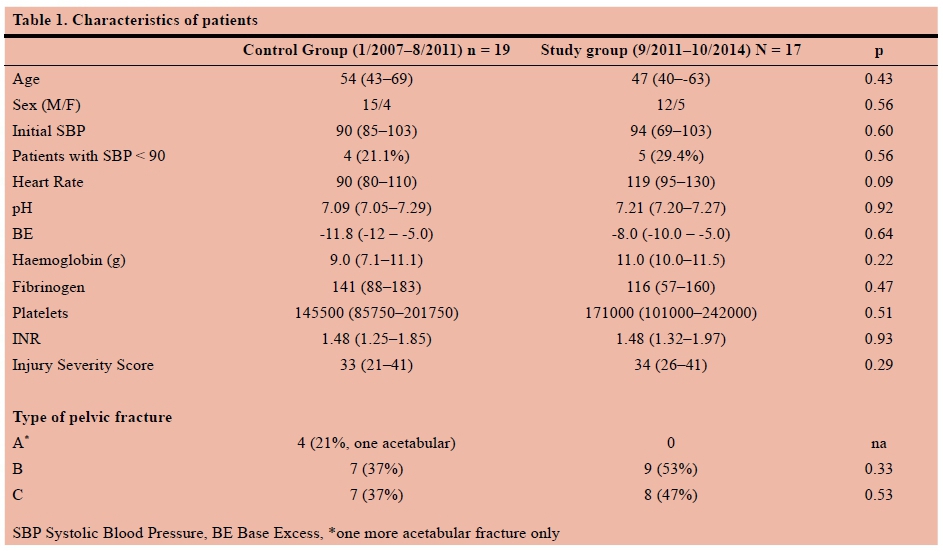

A repeat test when the baby is older might be needed in some cases. Therefore, a mildly low level of factor IX (9) at birth does not necessarily mean that the baby has hemophilia B. This is because factor IX (9) levels take more time to develop and are not at a normal level until a baby is at least 6 months of age. Umbilical cord blood testing is better at finding low levels of factor VIII (8) than it is at finding low levels of factor IX (9). In the best of cases, testing for hemophilia is planned before the baby’s delivery so that a sample of blood can be drawn from the umbilical cord (which connects the mother and baby before birth) immediately after birth and tested to determine the level of the clotting factors. Many people who have or have had family members with hemophilia will ask that their baby boys get tested soon after birth. A doctor often will get a thorough family history to find out if a bleeding disorder exists in the family. Families With a History of HemophiliaĪny family history of bleeding, such as following surgery or injury, or unexplained deaths among brothers, sisters, or other male relatives such as maternal uncles, grandfathers, or cousins should be discussed with a doctor to see if hemophilia was a cause. This blood test shows the type of hemophilia and the severity. Clotting factor tests, also called factor assays, are required to diagnose a bleeding disorder. Screening tests are blood tests that show if the blood is clotting properly. A doctor might check for hemophilia if a newborn is showing certain signs of hemophilia.ĭiagnosis includes screening tests and clotting factor tests. dailymed/drugInfo.Many people who have or have had family members with hemophilia will ask that their baby boys get tested soon after birth.Ībout one-third of babies who are diagnosed with hemophilia have no other family members with the disorder. ods.od.nih.gov/factsheets/VitaminK-Consumer/ nutrition.va.gov/docs/UpdatedPatientEd/Food_Drug_Vitamin_K_Content_of_Foods_2018.pdf
INR NORMAL RANGE 4 SKIN
Toe pain can be a symptom of skin death.Ĭheck your toes often, especially if you feel discomfort, and contact your doctor as soon as possible if you experience pain. This is caused by small blood clots that block the flow of oxygen to your skin. Some serious side effects of warfarin can include excessive bleeding from wounds and death of skin tissue. The most common side effects of warfarin include: Interactions with food, medications, and other substances can also increase your risk of side effects from warfarin. Supplements and herbal products that can interact with warfarin include:

Some medications that can interact with warfarin include: Tell your doctor all the medications you’re taking before you start taking warfarin. InteractionsĬertain medications, supplements, and herbal products can affect how well warfarin works. While you take warfarin, your doctor will check your blood regularly to see how well the drug is working for you. Sometimes these interactions can increase your risk of side effects from warfarin. Substances other than food can also affect how well warfarin works.

This can affect how warfarin works for you. If you change the amount of vitamin K you’re getting through food, it can change the levels of vitamin K in your body. Warfarin works because you usually have consistent levels of vitamin K in your body. One way you can help warfarin work its best is by avoiding big changes in the amount of vitamin K you get through food. Your body makes vitamin K, but it also gets it from certain foods you eat. Without enough vitamin K to use, the vitamin K-dependent clotting factor can’t help your blood to clot like it usually does. Warfarin works by decreasing the amount of vitamin K in your body. The type of clotting factor that warfarin interferes with is called the vitamin K-dependent clotting factor. There are 13 types of clotting factors in every person’s blood. A clotting factor is a substance that helps the blood clump together to form a clot. Warfarin interferes with the way a certain clotting factor helps your blood to clot.


 0 kommentar(er)
0 kommentar(er)
